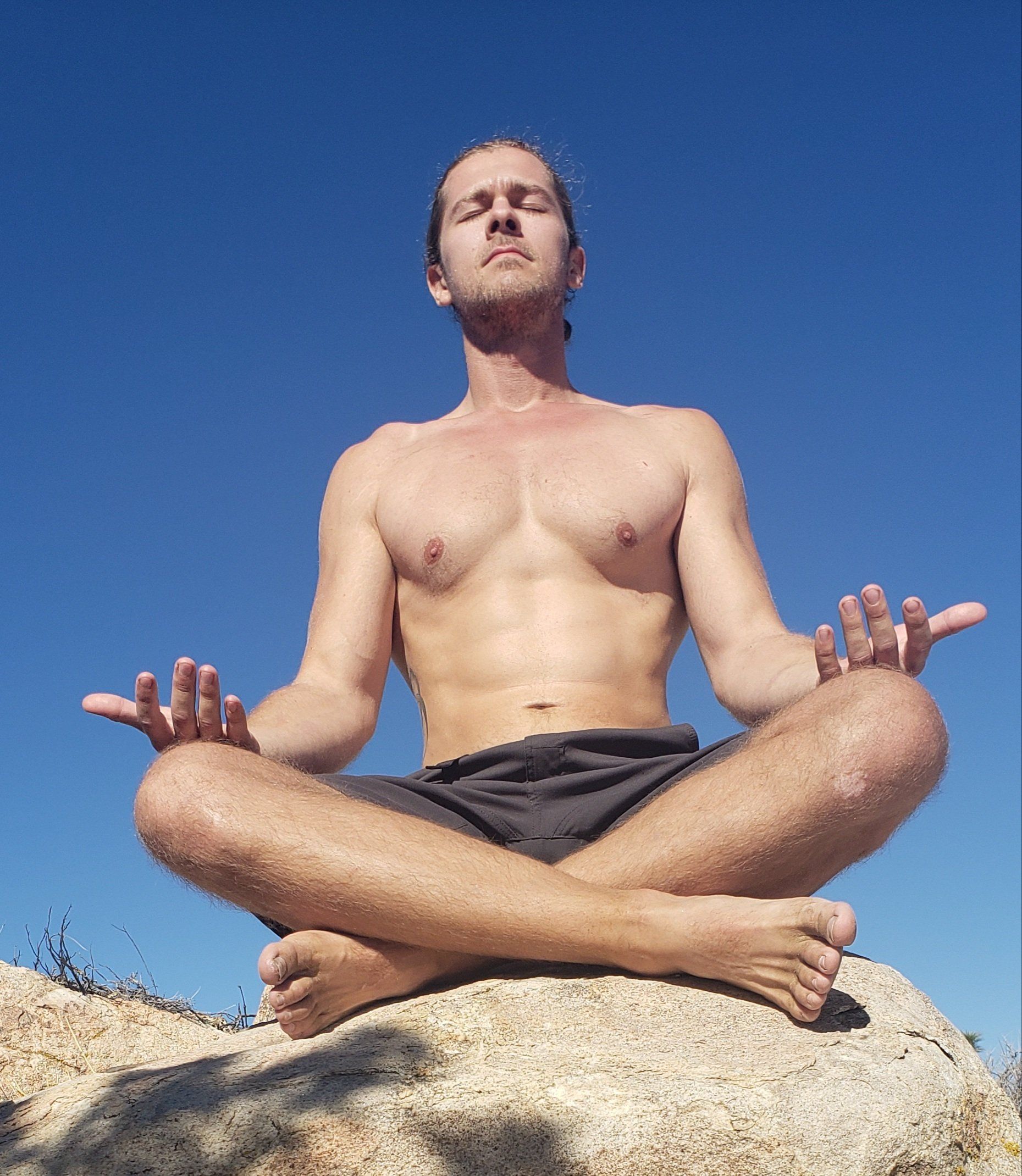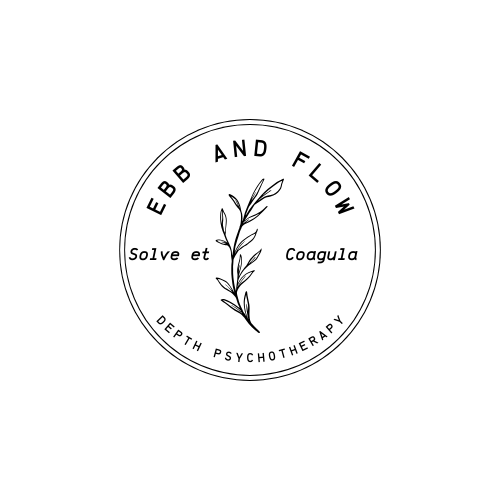Accessing the Wisdom of the Body
What does God lack?
This is a Kabbalistic koan. Koans generally are questions without answers posed to the student who seeks enlightenment. These often humorous questions are meant to place the attention of the asker back into the state of mind from whence the question arose. This koan is more suited to the Western mind, as it has an answer. Reflect on what it might be.
God lacks limitation. “God” is just one term for what we might call unity, the Universe, the field of experience, or any other linguistic configuration that denotes a unifying structure across difference and separation. This particular riddle is useful to understand the meaning of the word incarnation , why spiritual traditions have insisted on practices of maintaining the body’s purity, and why the body is often referred to as a temple. Our bodies are where we experience the world, and the world as it is is the incarnation of God.
Incarnation
To fully incarnate is to bring one’s talents into the world, to undergo a process of refinement and humility so as to grow in our skills and strengthen our weaknesses and become a whole human being capable of participating in culture, rather than remaining subservient to its massive waves and forces. The nature of our existence is corporeal, and in this three-dimensional world the body is an excellent vessel. It is more than a mere vessel, however, for our everyday waking consciousness or ego. It possesses its own wisdom connected to the infinite nature of existence that the ego remains largely separate from, the focus of the present article. Our egos are, at the most, seventy or eighty years old. The body is a link in a chain that stretches further than we can conceive, and here we have the wisdom! In order to participate in culture we have to be able to focus on a narrower perspective, and this is why the ego is fundamental to the current state. What a gift to be in a container that has evolved over a billion or so years.
Purifying the Body
Whatever one’s religious or spiritual views, it is clear that maintaining a healthy body is of great pragmatic value. The effects of corporeal neglect are all too obvious in the Western world, the United States in particular. Chronic pain, immobility, sexual dysfunction, depression, anxiety, all manner of physical and mental illness manifest in the body. Diet and mobility habits are imperative. The body is made of matter, and we derive all our matter from food. Our bodies are meant to take of the Earth, and the more processed foods we put into it, the greater its pain becomes, and the more it will let us know! The body is not meant to remain still, but move throughout the day. Through examining what goes wrong in the body when it is mistreated, we can infer the bounties that await when it is regarded as a temple, a holy place.

The body is a magnificent and complex system. It is comprised of over a trillion specialized cells working in perfect harmony. The neuromusculoskeletal system provides us with the sensors and motors to flow freely through the physical plane, our digestive organs transform matter from the environment into chemical energy, and our industrious immune system maintains a civility with the microbiome that humans can only dream of. The net product of the symphony of these systems is an informed existence, one where we can estimate and minimize dangers, maximize our outputs, and receive pleasures and delights of many kinds. Obtaining our chemical energy as well as eliminating the waste brings us great joy. Sexual ecstasy permits us to reenter the shores of oblivion and lose ourselves in eruptions of unthinkable crescendo. Proper treatment of the body elevates all of these, particularly our enjoyment of sex.
"Imagine exploring the contours and valleys, scents and tastes of your partner’s body as if they were the canyons of undiscovered worlds."
Bridging Duality
This is to say that the physical and spiritual planes are far more similar and interdependent than our modern reductionistic minds like to permit. Self-actualization, nirvana, heaven, do not lay somewhere “out there” or in the future. They are here now. Jesus of Nazareth said “the kingdom of the father is spread upon the earth, but men do not see it.” It is present within our own bodies. Why do we undertake to improve ourselves, when the thing to be improved is the one trying to do the improving? It must come from without this ego consciousness; here the body is an exuberant ally.
The body knows how to speak in a more sophisticated manner than our gross form of speech. Consider the pains that arise when we do not attend properly to our diet and mobility. We can view these pains as inevitabilities of a body destined to decay and die, or we can witness the wailing of a system that demands respect and attention. Pain is a sign that the body functions just as it should – it alerts us to what could be done better. “Feed me hearty vegetables and humanely raised meats, the wilder the better! Take me for a walk in a wild place every once in a while. Let me show you what we’re really capable of!” Bodies retain the vigor, imagination, curiosity, and enthusiasm of our inner children. What remarkable things can happen when we permit these back into our awareness! Imagine exploring the contours and valleys, scents and tastes of your partner’s body as if they were the canyons of undiscovered worlds. What happens if you poke me here? What does your breath feel like on this part of my body?
Body and Intuition
Bringing ourselves into alignment with the body has tremendous impact on our mood, outlook, ability to enjoy the world, and envision possibility. We can have longer, hotter sex, witness remote and beautiful places, enjoy the intricacies of taste, in general do more. This is only the beginning! Once the action of the body and the ego are aligned, we are more receptive to the calling of our Soul, the unique purpose we were called into existence to fulfill. The body has all the wisdom of Nature, what we might refer to as our intuition or inner guidance.
"It is the process of forging a relationship between the ego and the body, and the body is connected to the greater field of experience in ways that the ego cannot fathom but experientially grasp."

A simple example is discovering one’s full body yes and no. These are vital tools to have when our attention is constantly preyed upon. Think back to a time when you were all in: maybe it was when your partner asked you out for the first time, or there was a meal you craved. Take yourself back to that experience and witness what manifests in your body. Name the sensations and where they occur. This is your full body yes – pay attention to when it arises in the future. Do the same for an experience you had zero enthusiasm for, a painful dental procedure or meeting with a “friend” you don’t really consider a friend. This is your full body no. Abiding by these bodily wisdoms can save you a great deal of time, energy, and personal sacrifice.
This is just the beginning of intuition. As you begin to explore it, you will find occasions for its consult. I utilize my intuition in just about every major life decision, where to go on journeys, and when and what I should eat. This is not necessarily letting the body lead the way, though that may often be the case. It is the process of forging a relationship between the ego and the body , and the body is connected to the greater field of experience in ways that the ego cannot fathom but experientially grasp. This is why the relationship is so important, as there are important factors of a limited time and space of which the body is more or less unaware. This is not to privilege one over the other. In relationship, the twos’ strengths bolster the others’ weaknesses. Working on a relationship with the body, treating it as the holy vessel that it is, will have tremendous benefit on every aspect of lived experience, and affect every other relationship we have.
Embodied Practices
We are often so focused on our thoughts that we neglect to pay attention to our body, save when it sends us its alarm signals. Over time, this leads to degradation of the neural pathways that permit a more embodied presence. These pathways can be retrained and regrown by developing awareness of our body through attention and conscious effort. There are many practices that are helpful with this.
The most powerful technique is working with the breath ( read my article on breathwork here for more details and instructions). Breathwork is highly practical – it’s something that you can begin doing immediately. We tend to take shallow breaths and fill only fractions of our lungs – many of us almost never breathe down into our belly. Bringing our breath to greater depths will grow our awareness of the body, permit us to feel its sensations and energy. Notice when you’re taking shallow breaths. When strong emotions arise, remember to deepen your breath and come to a place of presence. Breathing is one of the few automatic processes that we can assume conscious control over, so it is the perfect gateway to expanding our awareness.
Meditation, or careful training of attention, is also key. Distracted as we are, our attention likewise atrophies in an environment that constantly vies for it. If we can notice when we become slouched, when our breathing shallows and shortens, and choose our responses, then we are in a better position to make better decisions for our body and continue the practice of expanding awareness throughout each moment.
Any movement practice when done with an emphasis on embodied presence, maintaining awareness of our body, is key to developing a strong relationship, and the body cherishes movement. Some examples are any form of yoga (hatha, vinyasa, tantric, yin, etc.), dance, qi gong, tai chi, but any form of movement can be made into a practice of increasing awareness. All workouts can benefit from this through reduced injury and increased capacity brought about by maintaining good breathing and focusing on form. Walks in wild or semi-wild places will benefit from devotion to the here and now.
Developing a relationship to the body is the most worthwhile venture one can make. It requires only attention and can be done no matter what our circumstances might be. Doing so helps us to manipulate the patterns that cause us pain, discomfort, illness, and stress, as well as nurture our capacity for pleasure, play, and connection to the broader field of experience.


